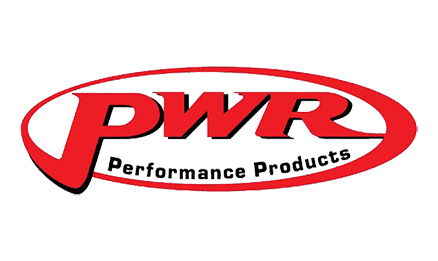Standard Exhaust Systems
Your vehicle's exhaust system has a critical role to play in the efficient operation of your vehicle and for the safety of you and your family.
Your vehicle's exhaust system
The two functions of your exhaust are:
- Removes hot poisonous gases produced by your engine, keeping these gases away from your vehicle and its occupants, converting them into more environmentally friendly outputs.
- Reduces engine noise to acceptable and legal levels, and Improves your engine's performance and fuel economy.
For good advice, a fair price and a quality exhaust system for your vehicle contact Castle Hill Exhaust Centre.
Exhaust System Components:
Many components come together to make a quality exhaust system. Each component has a different role to play. This section of our website aims to help you understand the role of exhaust system components and the reason some fail.
Exhaust Manifold / Extractors / Headers
The exhaust manifold is at the front of your system, bolted on to the engine. In some cases the manifold will have been replaced by extractors or headers. Manifolds are usually made out of cast iron and are prone to cracking due to the extreme heat they have to withstand (up to 1300°C).
Engine Pipe
The engine pipe connects the manifold to the catalytic converter. Exhaust gases will have cooled down to around 1100°C by the time they pass through the engine pipe. Again, the most common reason for engine pipe failure is cracking due to excessive heat.
Catalytic Converter
As its name implies, this component converts the harmful gases produced by an engine. Three way converters are the most common in today's vehicles. They contain a ceramic substrate (honeycomb like biscuit) which is impregnated with three precious metals. As the engine's harmful gases pass through the substrate they are converted into carbon dioxide, water, nitrogen and oxygen. This catalytic reaction starts as operating temperatures reach 200°C with optimum efficiency reached at 600-800°C. The life expectancy of a converter is around 80,000 kilometres or 5 years, which ever comes first. When did you last have your catalytic converter checked? Your local A1 store will be pleased to check it is operating properly & safely .... free of charge.
Front / Centre / Intermediate Muffler
In between the catalytic converter and the rear muffler is a front / centre / intermediate assembly. In some systems this component consists of a resonator positioned at the front and a muffler at the rear. This is where the system starts to reduce the noise made by the engine as it goes through the combustion cycle. A resonator is a simple small muffler that takes the resonance out of the noise going through the system. The front / centre muffler tends to be more complicated in design so that it continues to reduce the noise.
Intermediate Pipe
An intermediate pipe connects the front assembly to the rear muffler. This component goes over or under the rear axle dependent on the vehicle type.
Rear Muffler
This component gives the final note to your exhaust system. The temperature of the exhaust gas as it passes through the rear muffler is around 200°C. Condensation forms in the muffler and can cause corrosion leading to system failure. Corrosion of rear mufflers is particularly agressive on vehicles that travel short journeys.
Tail Pipe / Exhaust Tip
Your system is usually finished off with a tail pipe or exhaust tip. The tail pipe ensures that the exhaust gases pass away from the vehicle correctly. Exhaust tips come in many sizes and styles and purely give your system a finished off look.
Some final thoughts on components
Most exhaust components are manufactured from aluminised coated mild steel which resists corrosion. Some components, especially rear mufflers, are now being made out stainless steel or have some stainless steel content. The exhaust system is attached underneath your vehicle by rubber hangers or mountings. These help reduce problems caused by vibration. It is important to have the condition of these hangers checked when your vehicle is being serviced to prevent damage or cracking to your exhaust system.
Contact us for more information on pricing and application.












